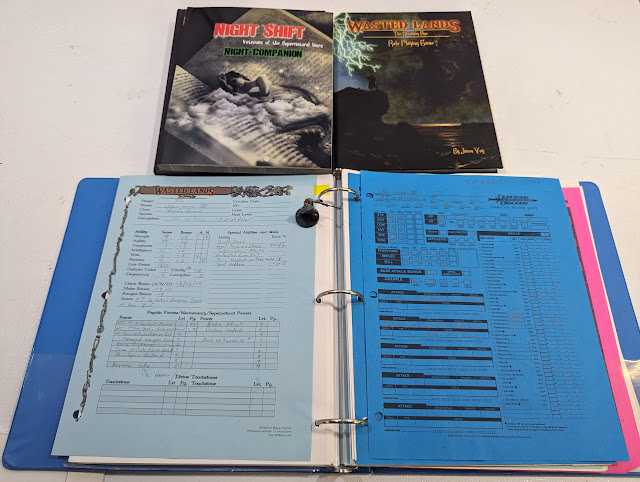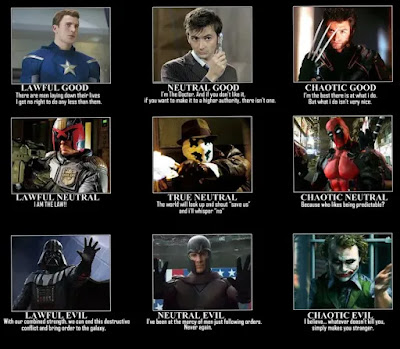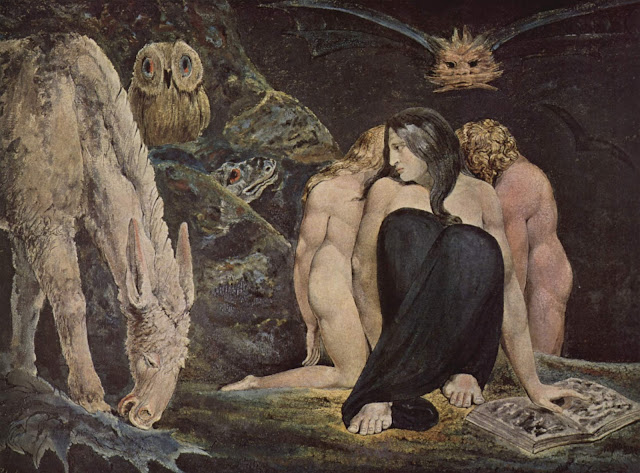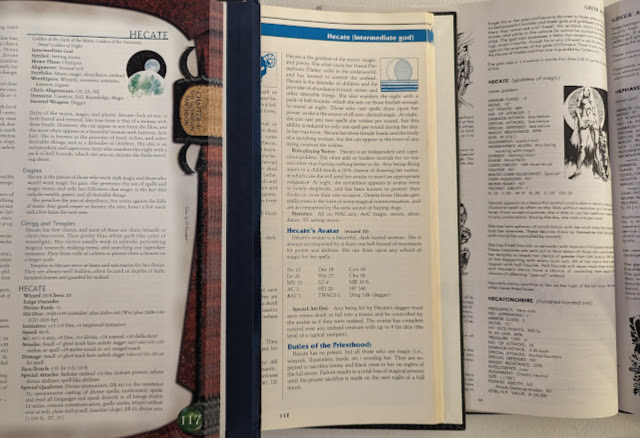Expedition to Castle Ravenloft (3.5)
2006. by Bruce R. Cordell and James Wyatt. Based on Ravenloft by Tracy and Laura Hickman. Cover art Kev Walker. Interior art, Dave Allsop, Kalman Andrasofsky, Ralph Horsley, William O’Connor, Lucio Parrillo, Anne Stokes, and Eva Widermann. Cartography Jason Engle, Kyle Hunter. 224 pages.
For this review I am considering my PDF and Print on Demand copies
It is not a new edition of D&D unless we have new take on the classic Ravenloft. This adventure sees Ravenloft back in it's original home; not just in terms of the adventure published by Wizards of the Coast after Sword & Sorcery Studios license, but Castle Ravenloft, divorced from the Demi-Plane of Dread. This is the 3.5 revision of the original adventure.
Like the original I6 Ravenloft adventure, this adventure plunges players into the cursed land of Barovia, a realm dominated by a bleak atmosphere and ruled by the vampire lord Strahd von Zarovich. Adventurers take on the daunting mission of navigating Castle Ravenloft, confronting Strahd, and ending his sinister reign over Barovia once and for all.
The revamped (heh) Expedition to Castle Ravenloft expands on the original with enhanced encounters, new rules, and a more comprehensive campaign that immerses players in Strahd’s haunting domain. The new encounter system of 3.5 takes up the later half of the book, but makes it easy for DMs to plan out how they want to do their encounters. Given we are on the eve of 4e, this means which minis to grab and which maps to use.
The adventure is expanded into a mini-campaign of sorts. And really, that has always been one of the strengths of this adventure; its ability to do more. The adventure can cover 20 sessions, raising characters from 6th level to 10th or broken up into smaller sessions. It can even be run exactly like the original adventure as a straight forward 1 or 2 sessions of "Find the vampire and kill it."
While that is a great bit of flexibility for the adventure, I already did that back in the 1980s. It would be a shame not to use all the new great material here that Cordell and Wyatt (two excellent designers) have done here. There are new antagonists and new locations to explore.
Barovia itself is a character in this module: a mist-laden, gloomy land filled with mystery, danger, and spectral beauty. Players are encouraged to explore its towns, ruined abbeys, and dense forests, meeting unique NPCs who add depth and lore to the journey. The encounters are varied and challenging, balancing tense dungeon crawls with narrative-driven encounters that test both the characters' skills and the players' wits. And then finally getting to Castle Ravenloft itself. A locale that has lost none of its "charm" over the years.
We still have the Fortunes of Ravenloft here, among other classic notes expanded for this new adventure. And like the original, Count Strahd von Zarovich is front and center. Not just in the adventure but in the book as well.
I have played and run the original Ravenloft many, many times. I honestly think this version is rather fun. It stays true to the original while updating the adventure is good AND providing more adventure as well. It is rare when a "remake" can improve, but this one does.
Even if I were to run Ravenloft again under the 1st or 2nd Ed of AD&D, I would still import ideas from this version to those, especially all the locales around the castle and in Barovia. The original adventure kinda just drops you in (not a big deal, works fine) but this one gives you more land to explore, more people to interact with.
Strahd is still awful, tragic, powerful and one of the more interesting villains in D&D. Castle Ravenloft is still wonderful to explore filled with dangers both obvious and hidden.
The art is amazing, and really the views of Castle Ravenloft alone in both art and maps makes this must have for any fan of the adventure.
The adventure/book is divided into five major sections, four chapters and an Appendix.
Chapter 1 covers Adventures in Ravenloft. An overview of what one should expect to see (or do since this is a Dungeon Masters' book) in the area. While the demi-plane of Ravenloft is not used here, there are area affects due to Strahd and his evil. This also features our first encounter areas.
Chapter 2 the Village of Barovia covers D&D's own "Hammer Hamlet."
Chapter 3 details the Lands of Barovia. We have more encounter areas here and our "Fortunes of Ravenloft" options.
Chapter 4 is Castle Ravenloft itself.
The Appendix details some new feats, a new spell, and various magical items.
About the Print on Demand
Of all the Print on Demand products I have bought, this one might be one of the very best. It is the "Hardcover, Standard Color Book" option and it compares very well to the off-set printing ones of the same era.
The pages are crisp and easy to read. The binding is solid.
I am pretty sure the idea to divorce Ravenloft: The Adventure from Ravenloft: The Demi Plane was a.) to get a new generation into the adventure in it's "original" form, and b.) maybe part of their larger plans for it moving away from 3.x to 4e. But I have nothing to back that up.
This is a great adventure by all accounts for D&D 3.x. It has everything the original AD&D adventure had and more.Maybe it is my "nostalgia goggles" (as my son would say) but I still prefer I6 Ravenloft.
This adventure also marks the end of the 3.x Ravenloft line. Next time we meet in the Land of the Mists it will be under 4th Edition D&D rules.




































